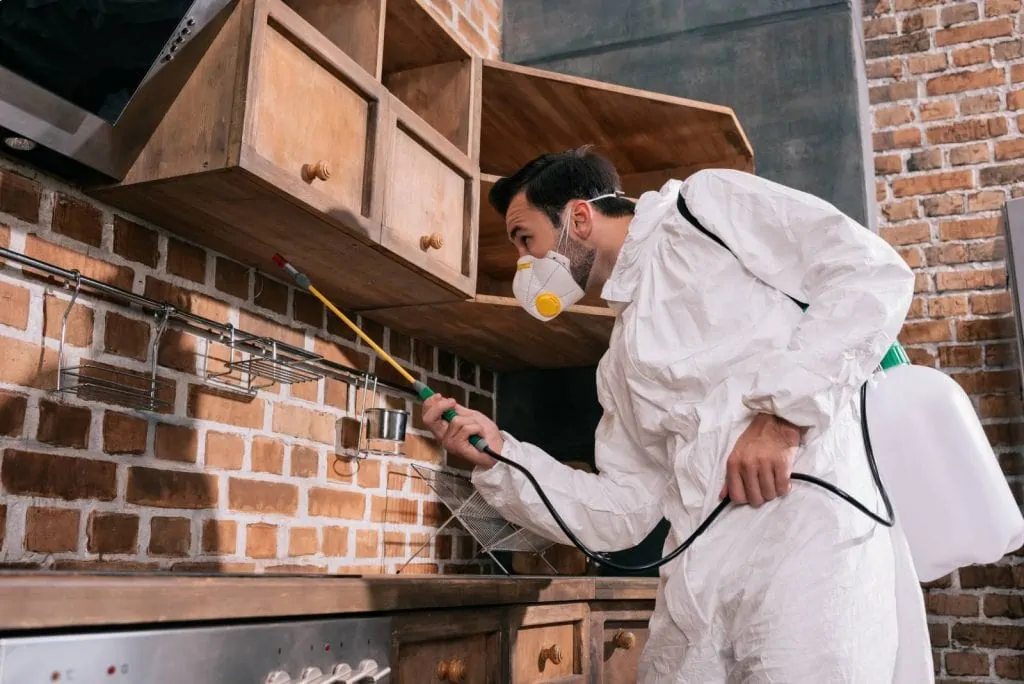Sealing Entry Points: The #1 Strategy to Keep Rodents Out
Rodents like mice and rats often seek shelter in warm homes during the colder months. One of the most effective ways to prevent a rodent infestation is to focus on sealing entry points around your home. Identifying and closing off these vulnerable spots not only protects your property but also reduces the risk of health hazards and structural damage caused by pests. Here’s how to take action with home sealing and pest prevention tips.
Why Sealing Entry Points is Critical for Pest Prevention
Rodents are excellent at finding tiny cracks and gaps in your home’s exterior. Once inside, they can cause significant damage to your home, chew through electrical wiring, and contaminate food sources. By identifying and sealing these entry points, you can significantly reduce the risk of a rodent infestation. Here’s how to tackle this crucial step in keeping your home pest-free:
- Identify Common Rodent Entry Points
Before sealing any gaps, you need to locate the areas where rodents might enter your home. Common rodent entry points include:
- Cracks and Crevices in Walls: Small cracks in your home’s foundation or walls can easily allow rodents to slip inside.
- Windows and Doors: Gaps around windows and doors are common culprits. Pay attention to window frames and exterior doors for wear and tear that may let rodents inside.
- Ventilation Openings: Dryer vents, attic vents, and chimneys can provide easy access for rodents seeking warmth.
- Utility Pipes: Gaps around plumbing pipes or wiring can be used as pathways into your home, especially in crawl spaces.
- Small Holes: Even the tiniest small holes can be exploited by rodents, so it’s important to inspect every part of your home.
- Use Effective Sealing Methods
Once you’ve identified the rodent entry points, the next step is to seal them effectively. Here are some tips:
- Seal Cracks and Holes: Use caulk, expanding foam, or steel wool to fill cracks and crevices around windows and doors, and foundation walls. Be sure to address both visible and hidden gaps.
- Spray Foam for Large Gaps: For larger holes or gaps, spray foam is an effective solution. It expands to fill potential entry points, ensuring thorough coverage.
- Install Door Sweeps: Attach door sweeps to prevent rodents from entering through gaps at the bottom of exterior doors.
- Cover Vents and Openings: Install mesh or grilles over dryer vents and ensure chimneys have a tight-fitting cap to block rodents from entering.
- Seal Around Utility Pipes: Use caulk or a foam sealant around pipes and cables entering your home to close off crawl spaces and prevent rodents from finding their way inside.
Why Professional Pest Control Might Be Necessary
While home sealing is a highly effective pest prevention tip, there are times when professional help is needed. If you’re unable to locate or seal all entry points, or if you’re dealing with a larger rodent infestation, a pest control company can provide the expertise required.
Signs You May Need Professional Help:
- Persistent Pest Problems: If you notice droppings, gnaw marks, or hear scratching sounds even after sealing obvious entry points, you may have a larger infestation that requires a professional inspection.
- Damage to Your Home: If you’ve noticed damage to your home, such as chewed electrical wiring or compromised insulation, a professional pest control company can identify hidden entry points and assess the extent of the damage.
Additional Pest Prevention Tips for a Rodent-Free Home
Sealing rodent entry points is just one part of the overall strategy to protect your home from rodents. Here are some additional pest prevention tips to keep your home safe:
- Eliminate Food Sources: Store food, pet food, and birdseed in airtight containers to prevent attracting rodents.
- Maintain Cleanliness: Regularly clean your kitchen, especially crumbs or spilled food that might lure rodents inside.
- Store Firewood Properly: Keep firewood stored away from your home and elevate it to prevent rodents from nesting underneath.
- Control Air Quality: Regularly check for air leaks and ensure proper insulation to maintain good air quality and keep the home heated and cooled efficiently.
- Trim Trees and Shrubs: Keep trees and bushes trimmed back from the house to prevent rodents from accessing your roof or attic.
Conclusion: Keep Your Home Protected Year-Round
Sealing entry points is the first and most important step in keeping rodents out of your home. By focusing on home sealing and implementing other pest prevention tips, you can ensure a rodent-free environment. If you’re unsure of where to begin or need help with extensive infestations, consider contacting a pest control company for a thorough inspection and tailored solutions.
Don’t let rodents enter your home and cause damage to your home or put your family’s health at risk. Take action now and ensure your home remains safe and protected throughout the year.

